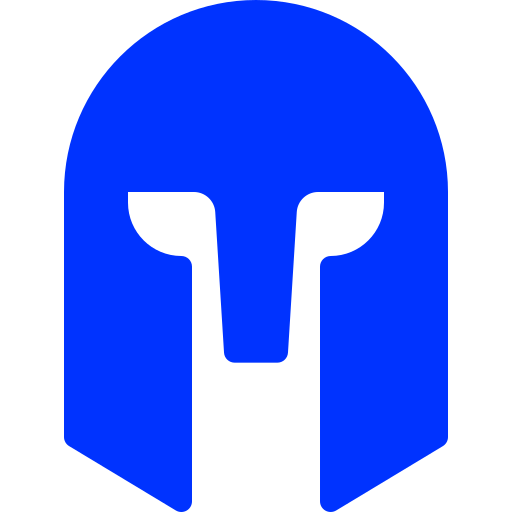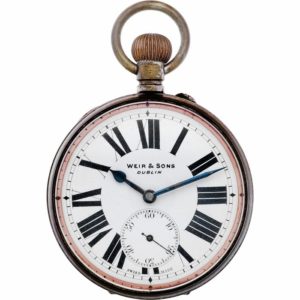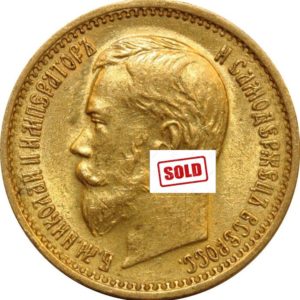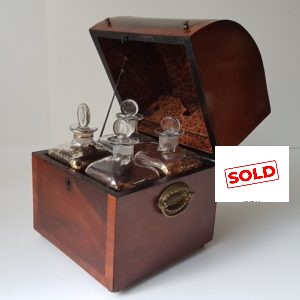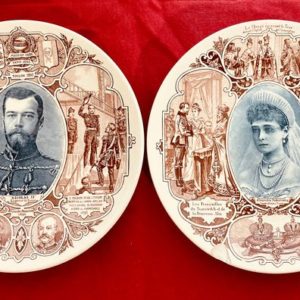
Description
###Item Sold May 2021##############
Ca. 700-30 BC Great example of an Ancient Egyptian faience ushabti. A mummiform type, wearing tripartite headdress and false beard, arms folded across chest. This item comes with custom made stand. Size: L:135mm / W:30mm ; (with stand) 95g Good Condition.
Ushabtis were placed in tombs among the grave goods and were intended to act as servants or minions for the deceased, should they be called upon to do manual labor in the afterlife. The figurines frequently carried a hoe on their shoulder and a basket on their backs, implying they were intended to farm for the deceased. They were usually written on by the use of hieroglyphs typically found on the legs. They carried inscriptions asserting their readiness to answer the gods’ summons to work.
The practice of using ushabtis originated in the Old Kingdom of Egypt (c. 2600 to 2100 BCE), with the use of life-sized reserve heads made from limestone, which were buried with the mummy. Most ushabtis were of minor size, and many produced in multiples – they sometimes covered the floor around a sarcophagus. Exceptional ushabtis are of larger size, or produced as a one-of-a-kind master work.
